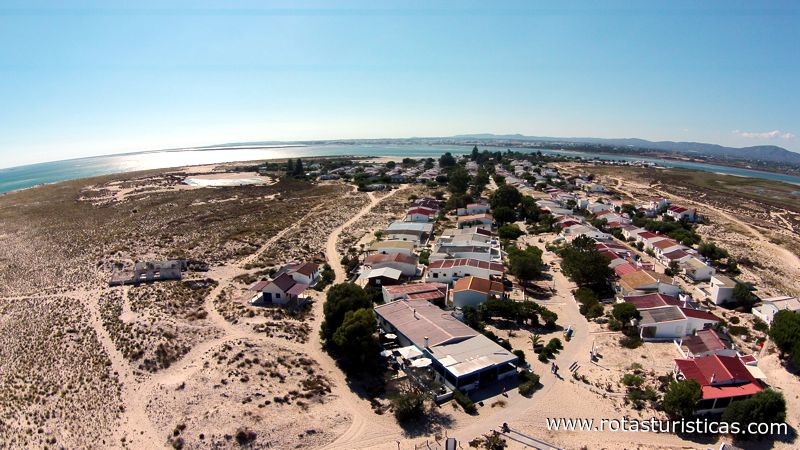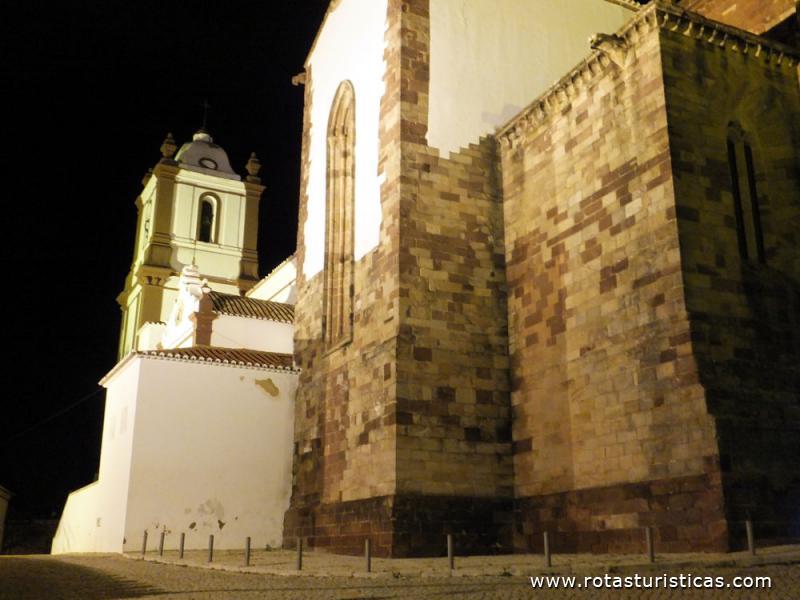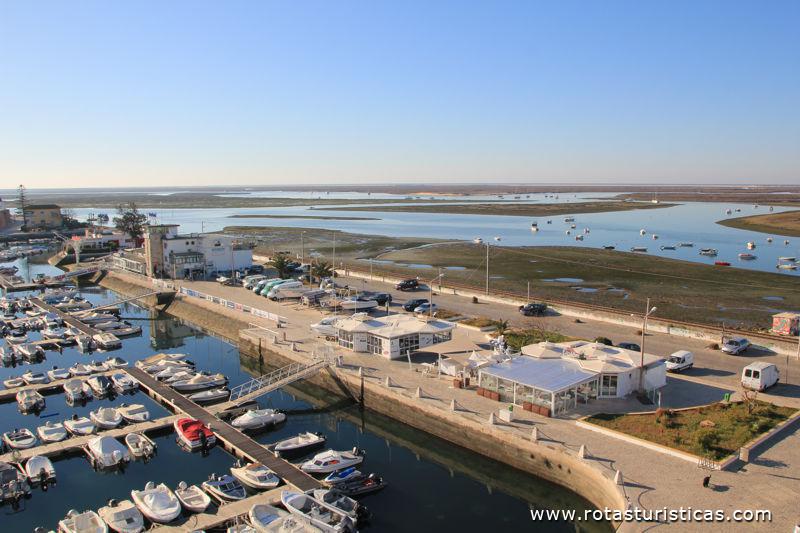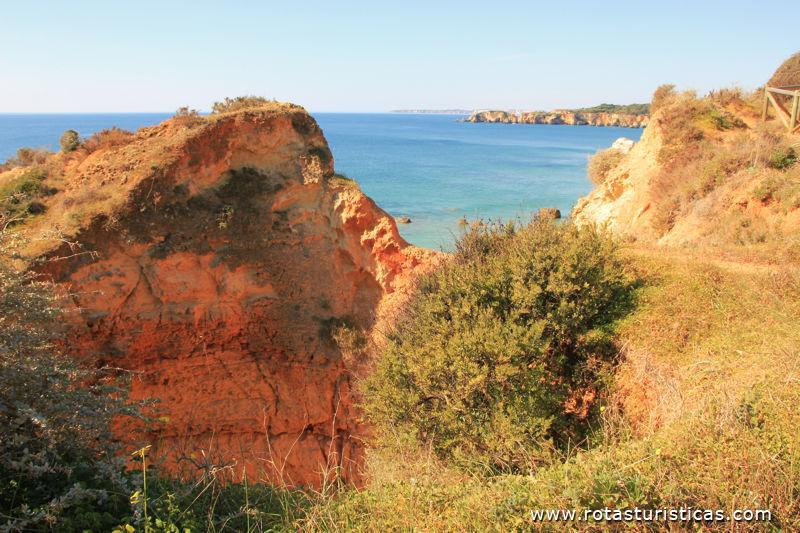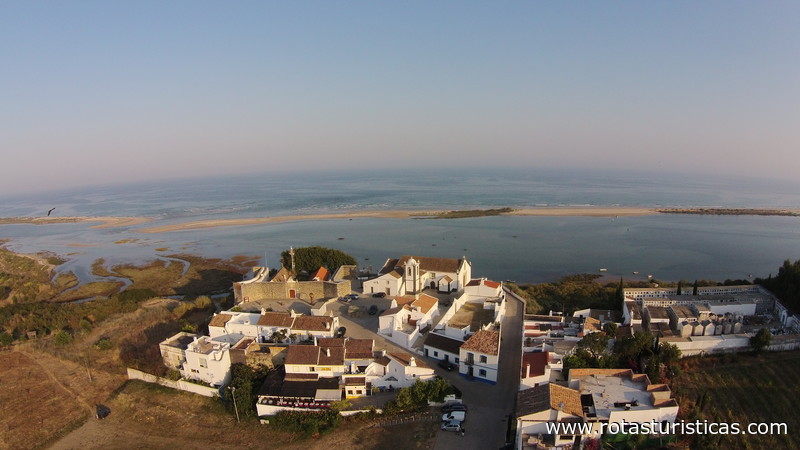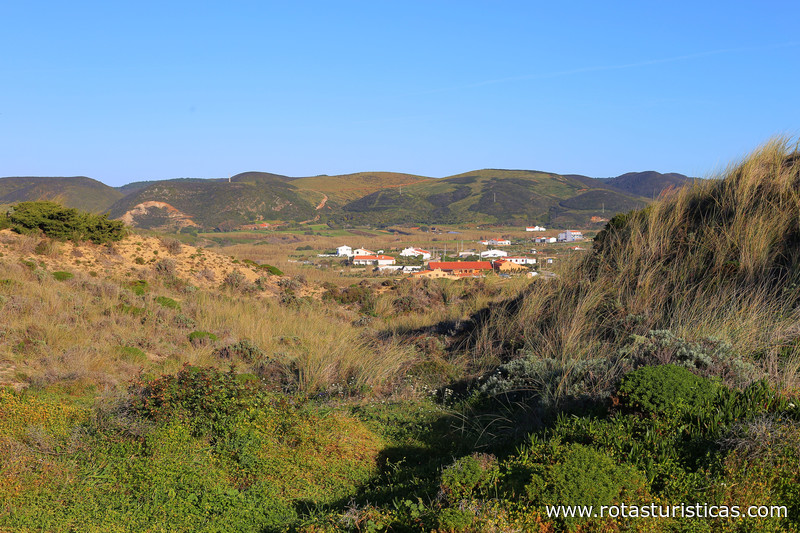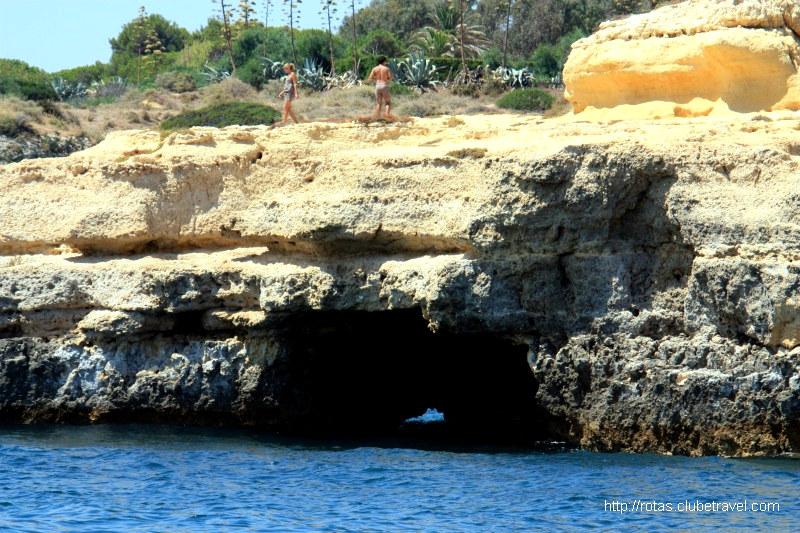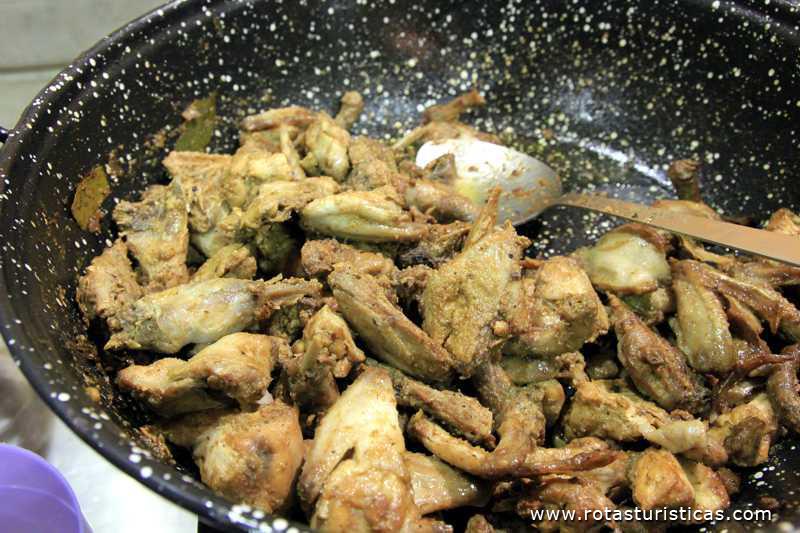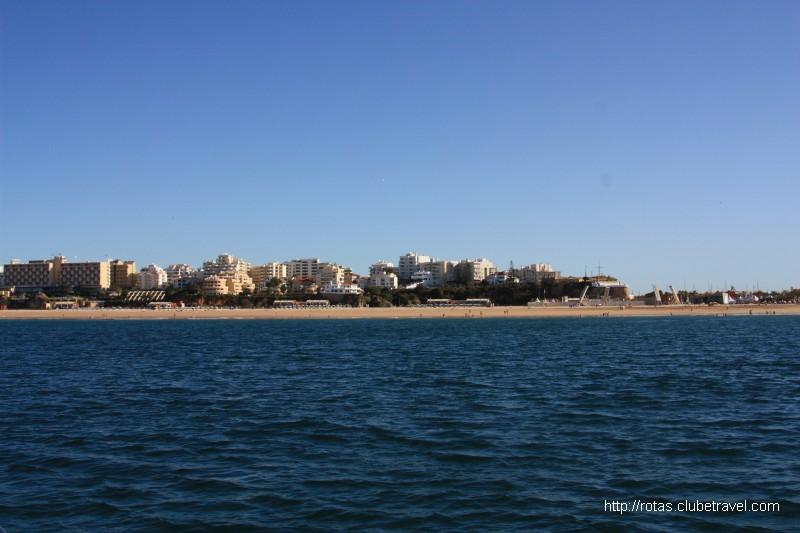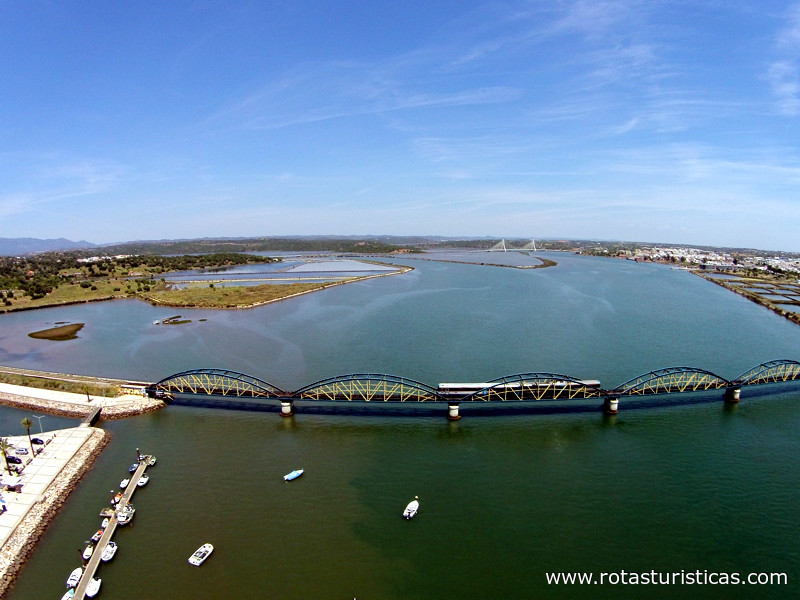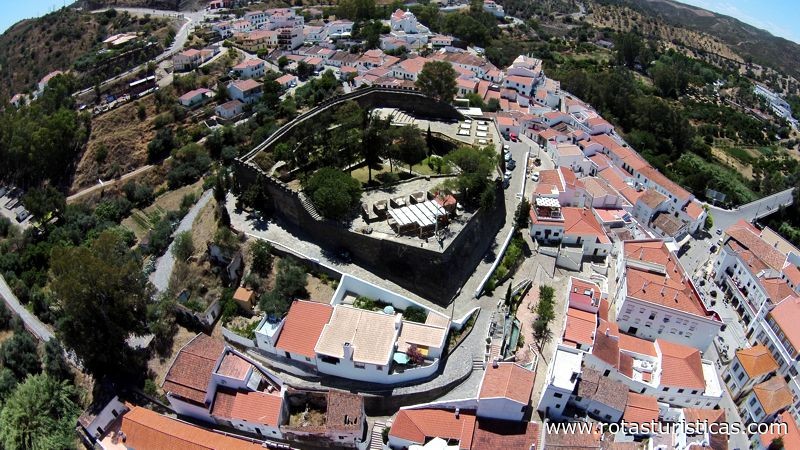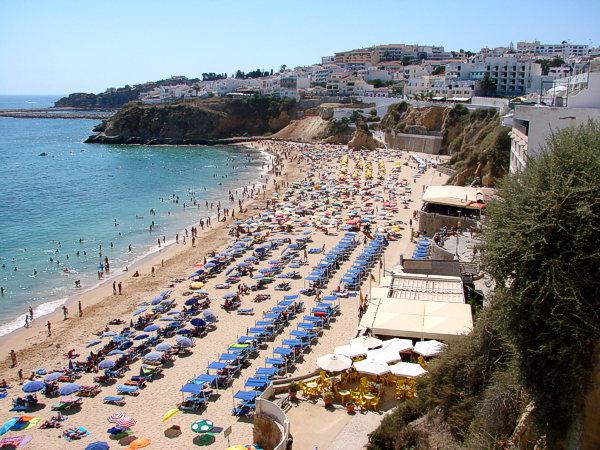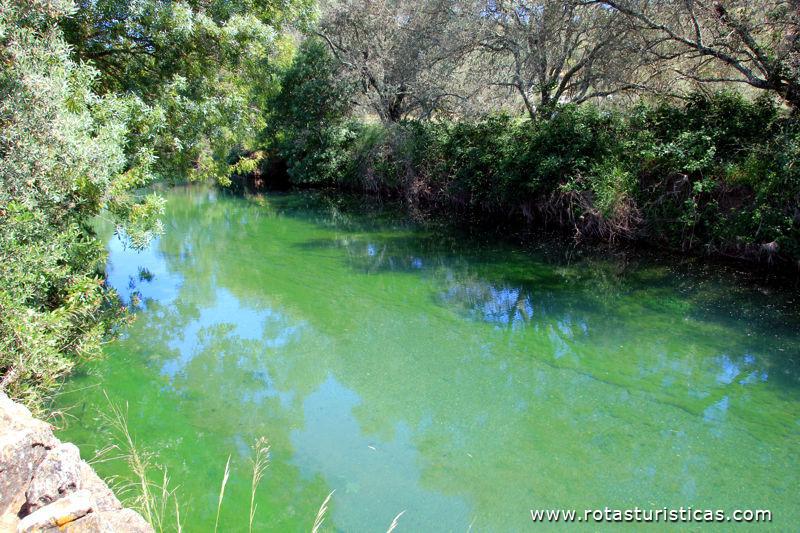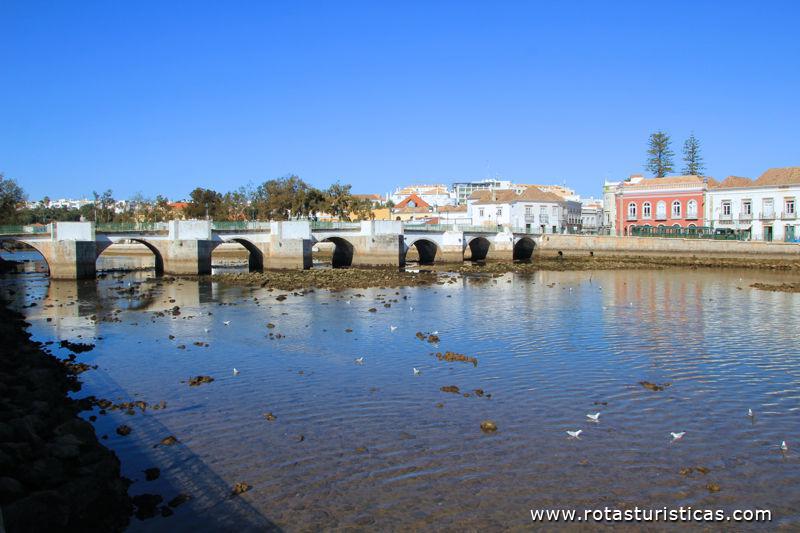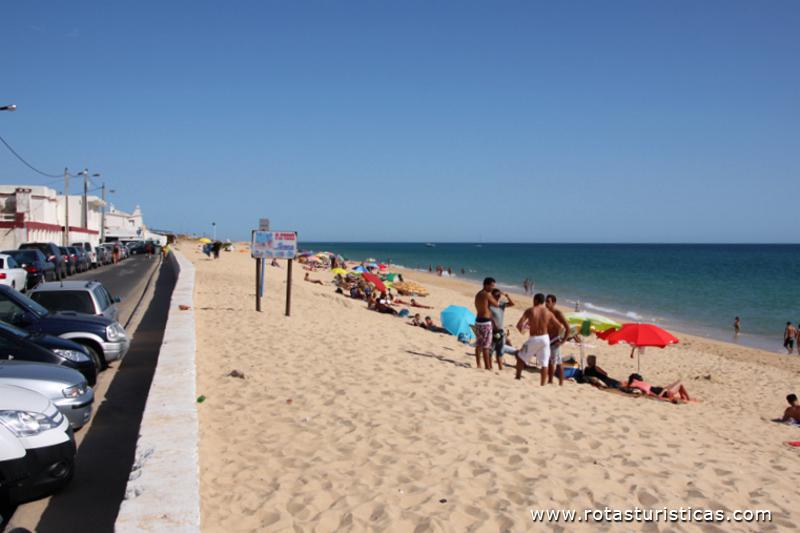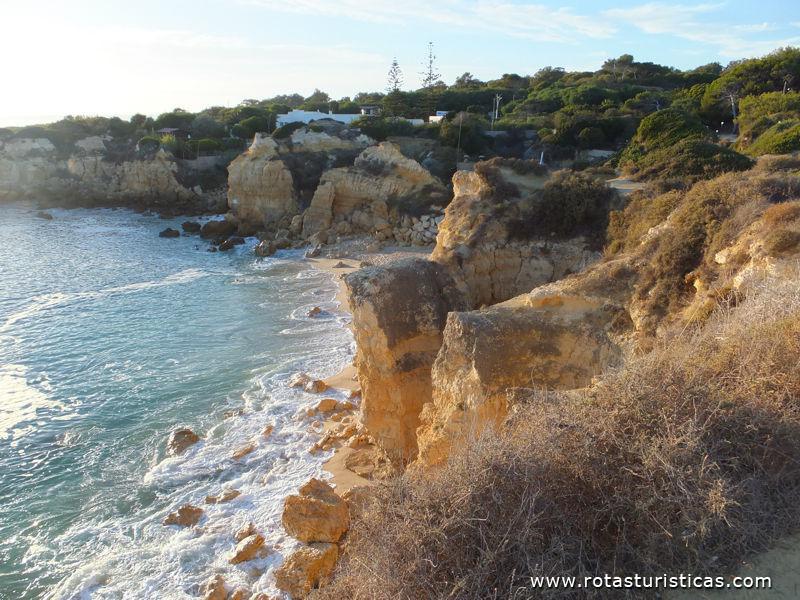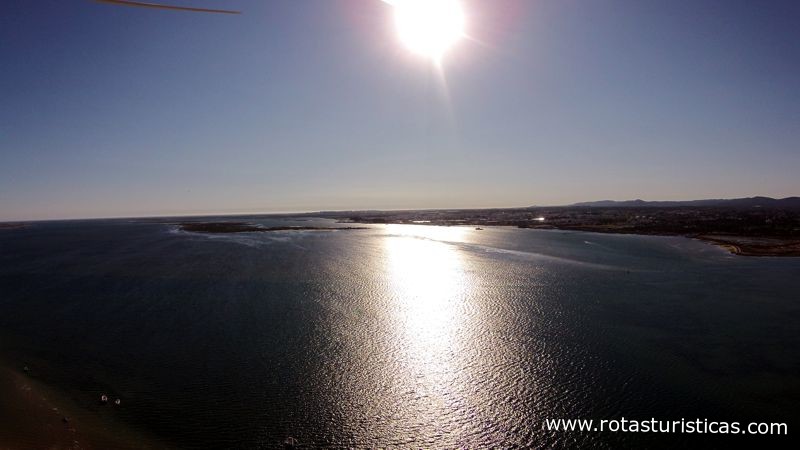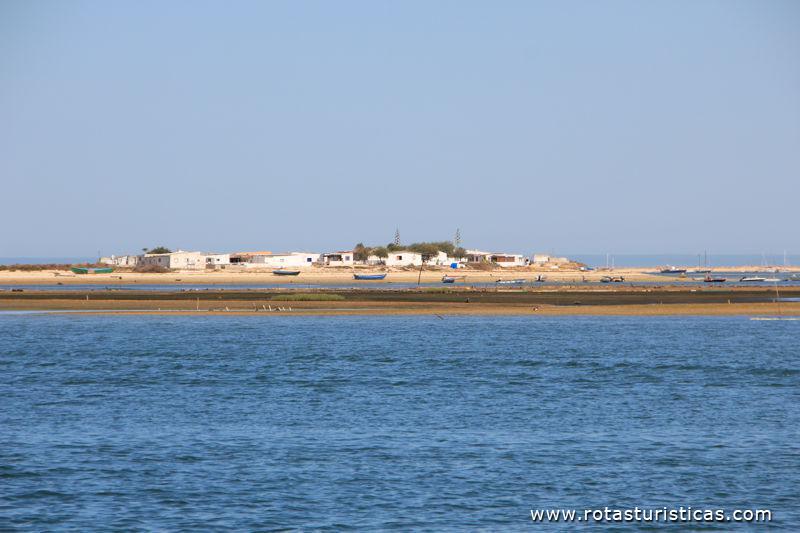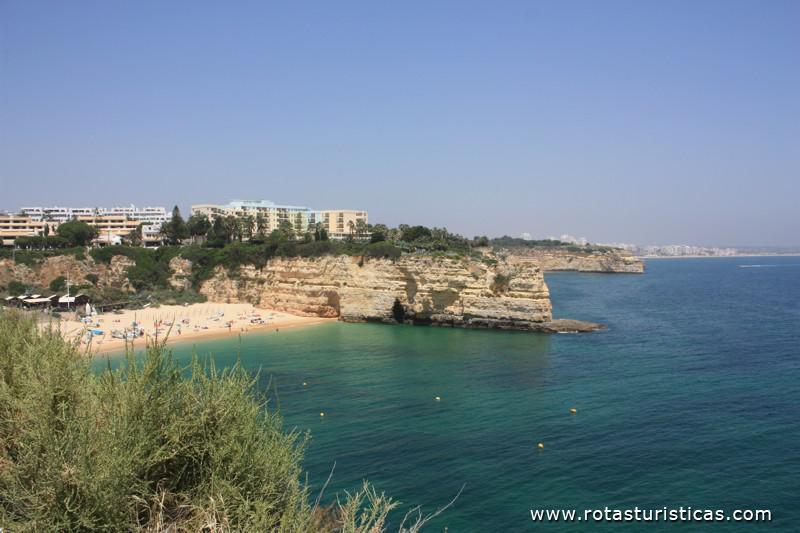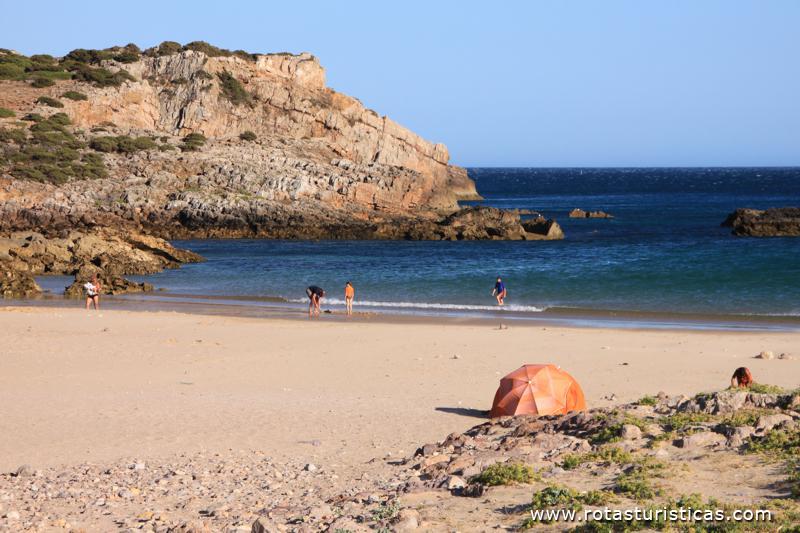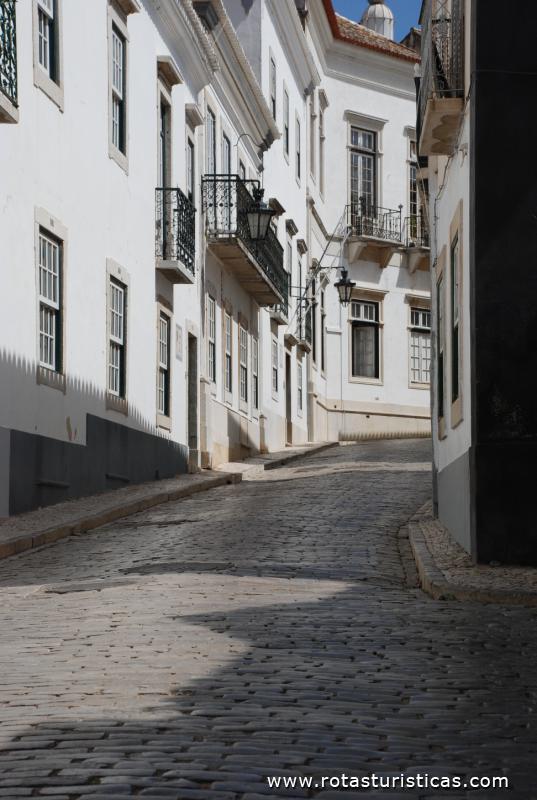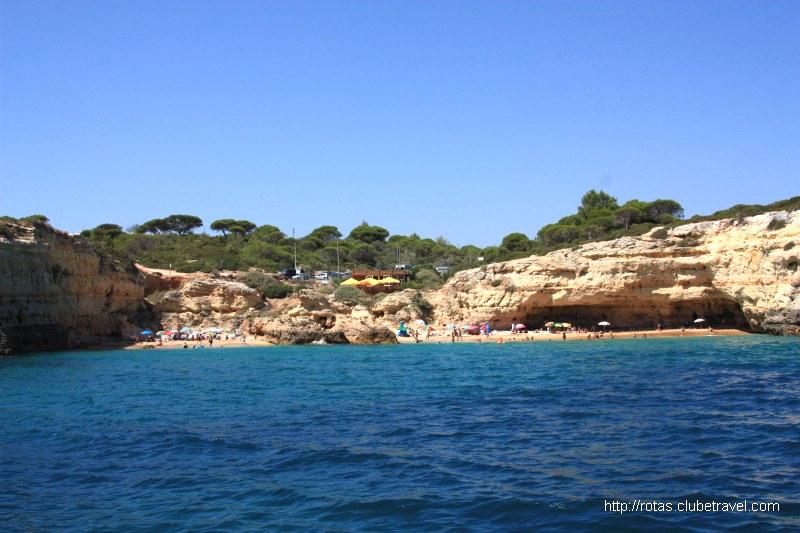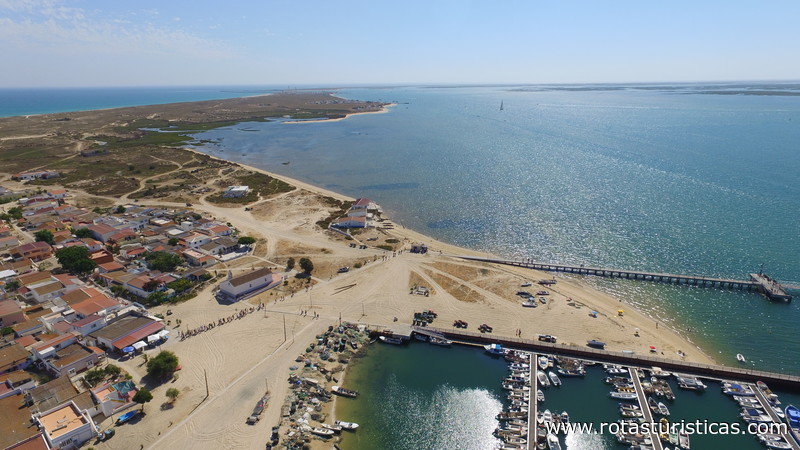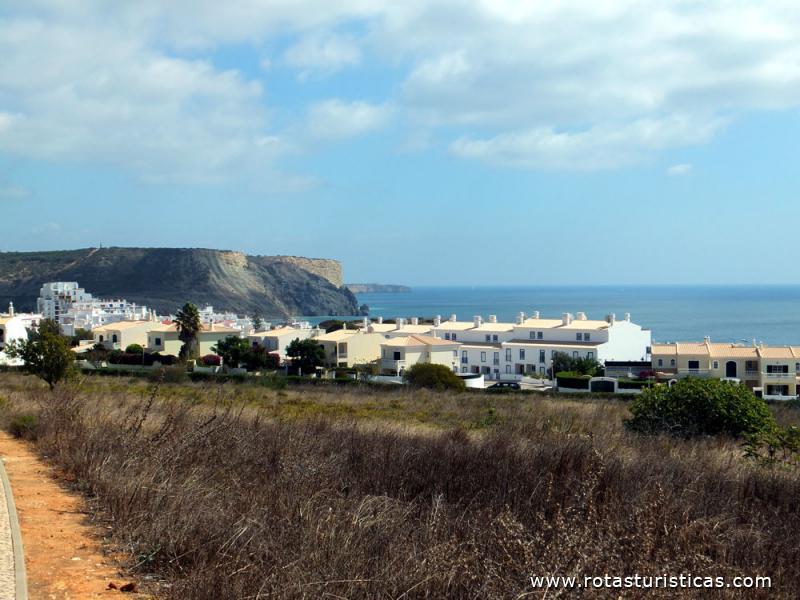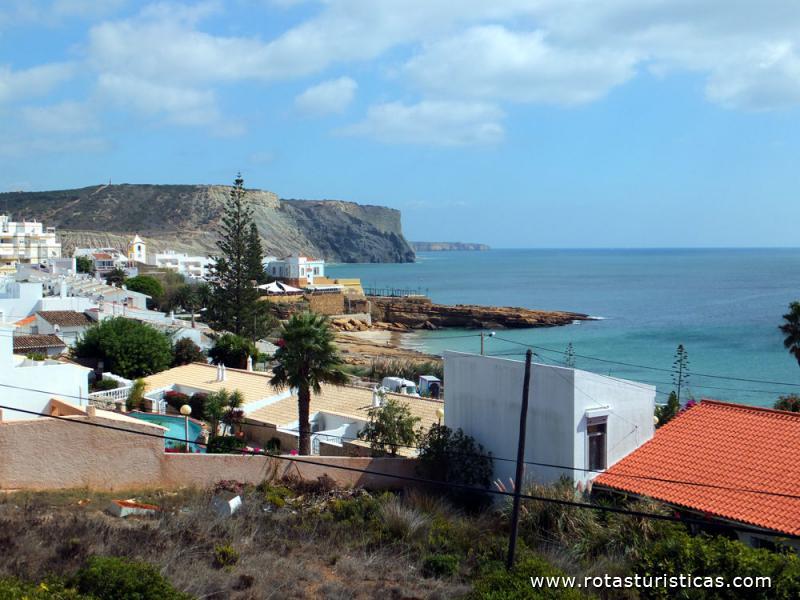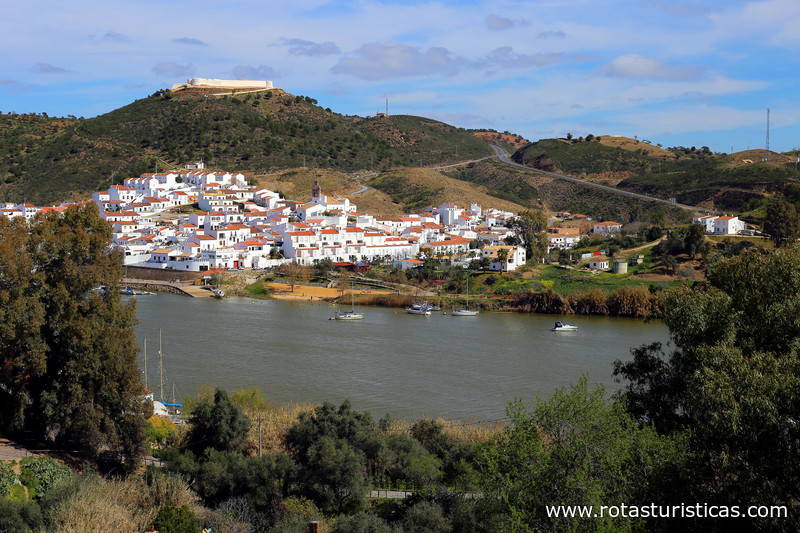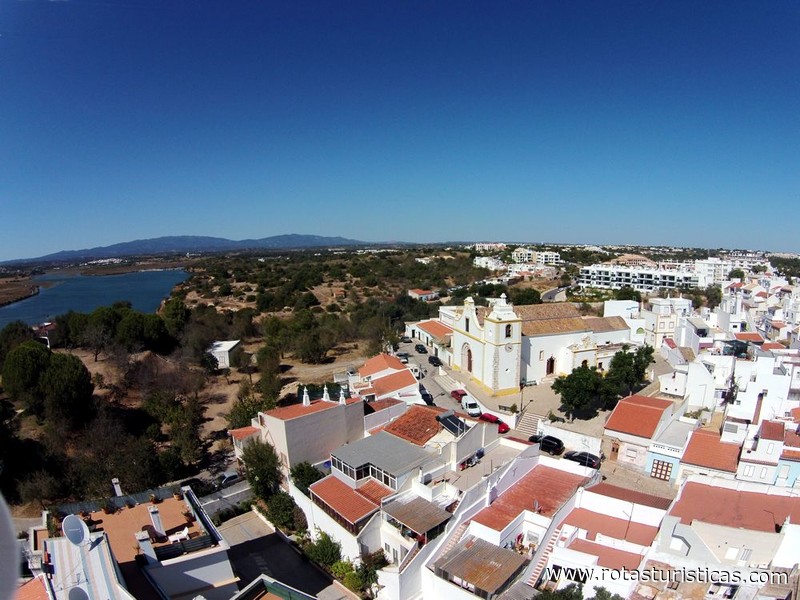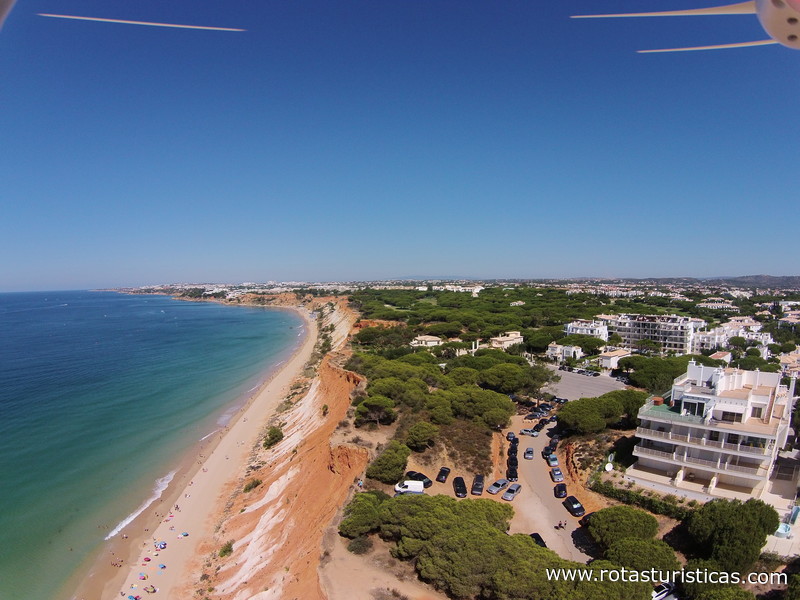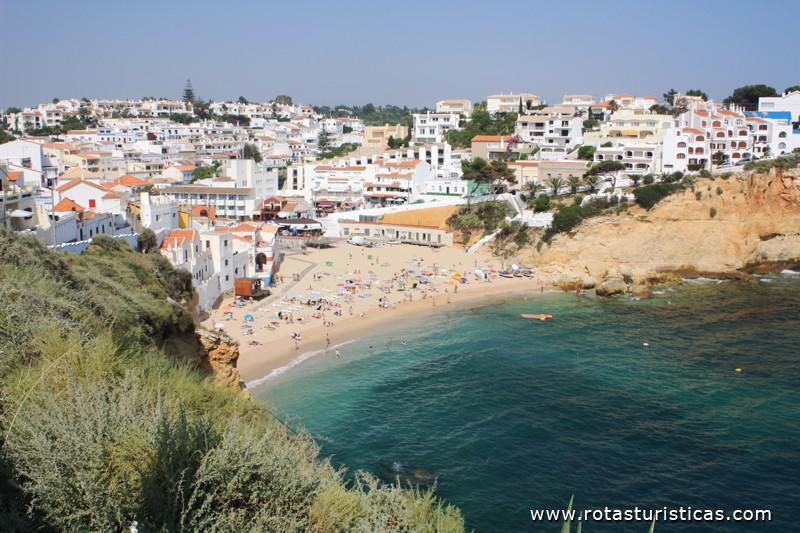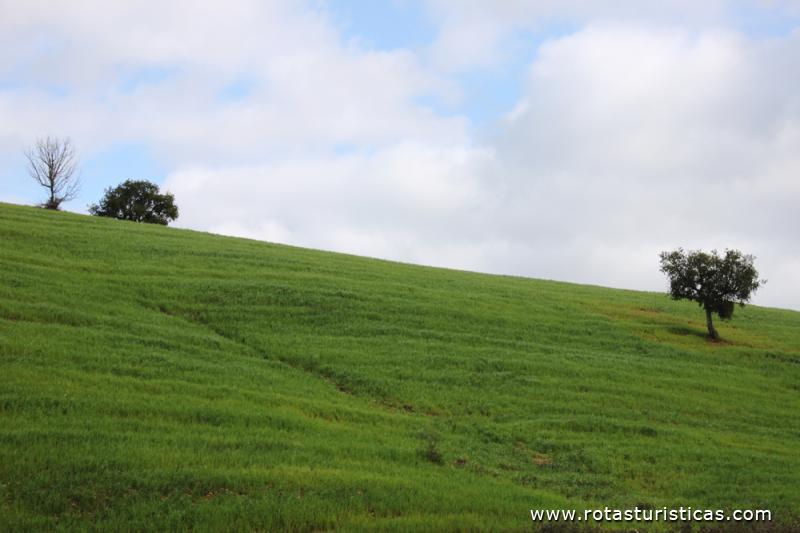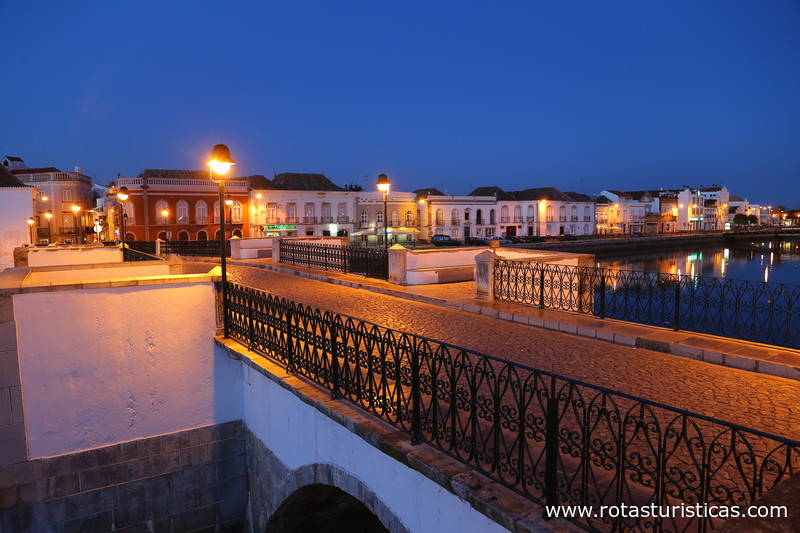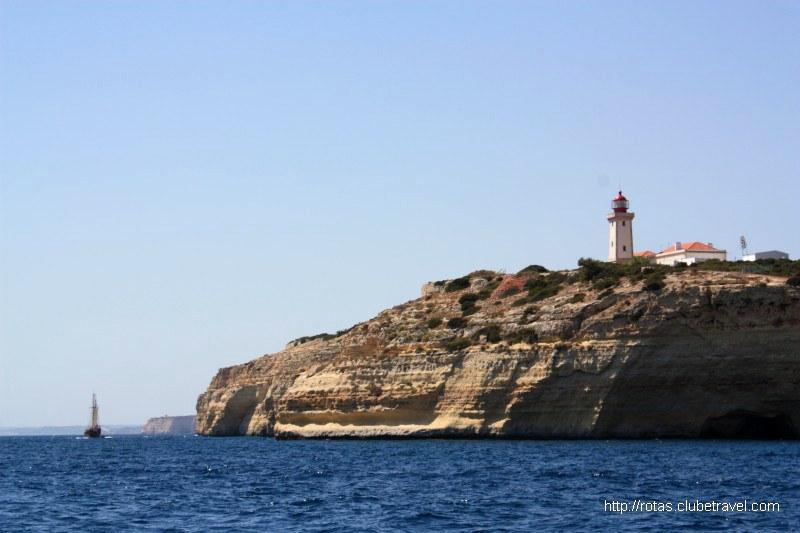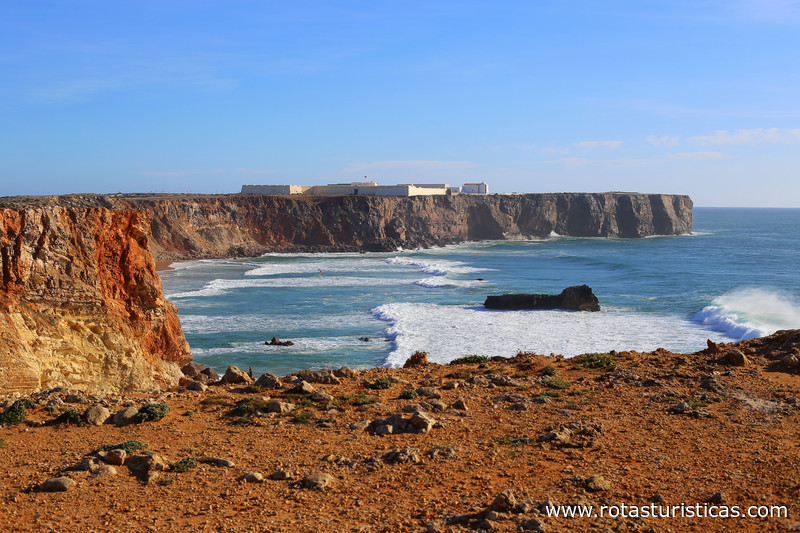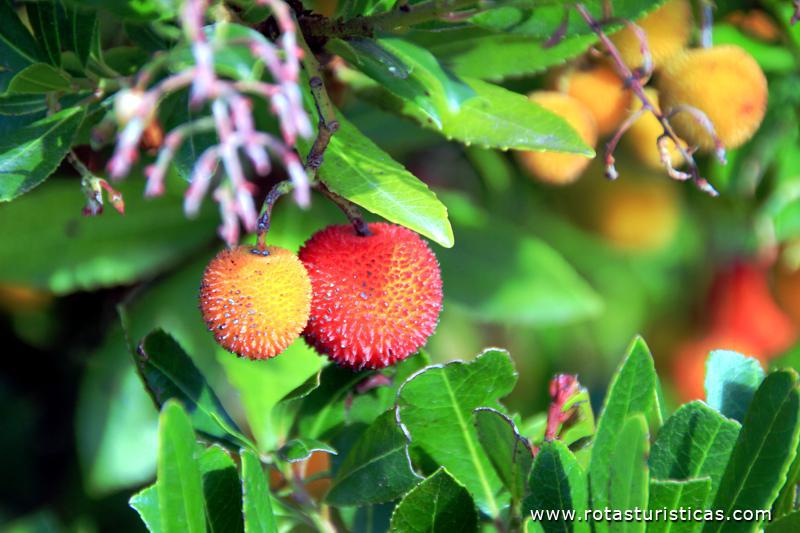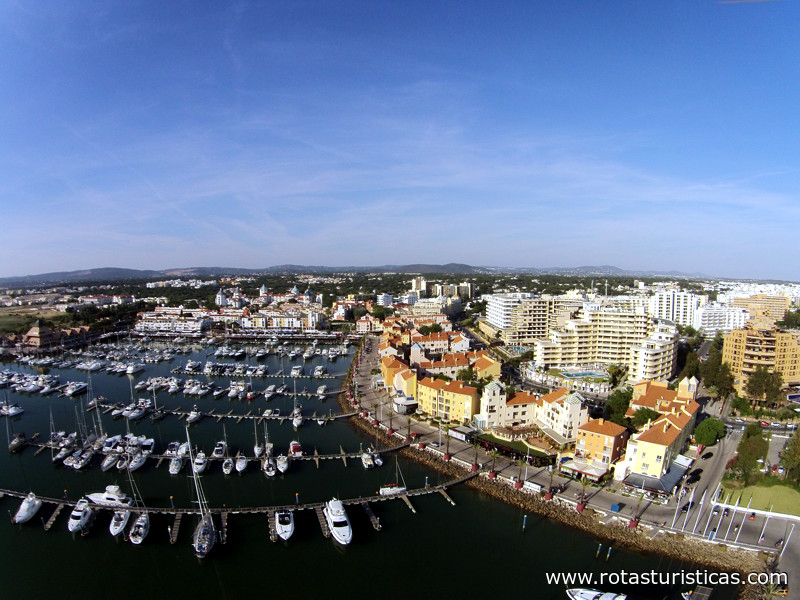Pictures of: Algarve - Portugal
Location map
Airports
Hotels and other Accommodation
Golf Courses
What to visit
Where to Eat
Where to have fun
Consulates & Embassies
World Nomads
The Travel Insurance with the largest coverage

The Travel Insurance with the largest coverage

Algarve
In the Algarve, your vacation gains a historical dimension.
With a surface area of 4,996 km² and a resident population of more than 450,000 inhabitants, spread over 16 municipalities, the Algarve is located on the western tip of Europe, in the south of Portugal. It has an average population density of about 90.3 hab / Km2, a coast with around 150Km and is bathed by the Atlantic Ocean.
A bit throughout the region is still possible to unveil charms and secrets of the history of Portugal, that time does not turn off.
The holidays spent in the Algarve also serve as a pretext for a trip in time, to the encounter of numerous testimonies of peoples and cultures that throughout history have crossed with the region.
From the Roman presence to the long Muslim heritage, from the Christian reconquest to the epic of the Portuguese Discoveries, there is no shortage of reasons to rediscover signs of a remarkable historical past.
The marks of human presence in the Algarve recede in time immemorial. Examples are the ancient Neolithic remains and the most recent, but no less interesting, Roman archaeological sites, open to visitors. The visit to the region's past and its valuable history is also done through the various archaeological museums, which contain a vast patrimony still to be discovered.
Heir to ancient civilizations, the Algarve region was also the point of passage for other peoples, in a connection almost always facilitated by the immense sea that bathes its coasts.
More than five centuries of Arab influence have forever marked the region's destiny, starting with its own name: Al-Gharb, The West. This presence, which lasted from the 16th century. VIII to the century XIII, is still evident today in the names of villages, in agriculture, in the architecture of monuments, in the lacework of terraces and chimneys, or in the white of lime, which covers the house of many localities in the Algarve.
Silves then assumes the centrality of the region, the fruit of a strategic geographic location.
In the middle of the century. XIII, the Algarve lands are the last of Portugal to be conquered to the Moslem domain. After long advances and retreats, the Christian reconquest has the precious collaboration of the Knights of the Order of Santiago, led by D. Paio Peres Correia, during the reign of D. Afonso III to end the Arab presence in the Algarve and unite the region to the kingdom of Portugal. Apart from Silves, Tavira and Faro, now the Algarve's capital, are definitely taken over by the Moors. The Kingdom of Portugal and the Algarves were thus founded.
Later, at the beginning of the 20th century, XV, the beginning of the Portuguese maritime expansion gives new vigor to the lands and people of the Algarve. Lagos and Sagres are forever linked to Prince Henry the Navigator and the Discoveries. Even today, at Ponta de Sagres, a giant stone finger points to the Atlantic Ocean in a clear allusion to the courage of the Algarve navigators, such as Gil Eanes, who made their way to the sea in search of new worlds to give to the world.
Marks of this distant history, but still so present in the soul of the Algarve, are scattered throughout the region.
To visit Aljezur, Lagos, Silves, Faro, Tavira, Castro Marim and Alcoutim is to discover in every museum, church, forts and castles the grandeur of Portuguese history, its people and traditions.
With a surface area of 4,996 km² and a resident population of more than 450,000 inhabitants, spread over 16 municipalities, the Algarve is located on the western tip of Europe, in the south of Portugal. It has an average population density of about 90.3 hab / Km2, a coast with around 150Km and is bathed by the Atlantic Ocean.
A bit throughout the region is still possible to unveil charms and secrets of the history of Portugal, that time does not turn off.
The holidays spent in the Algarve also serve as a pretext for a trip in time, to the encounter of numerous testimonies of peoples and cultures that throughout history have crossed with the region.
From the Roman presence to the long Muslim heritage, from the Christian reconquest to the epic of the Portuguese Discoveries, there is no shortage of reasons to rediscover signs of a remarkable historical past.
The marks of human presence in the Algarve recede in time immemorial. Examples are the ancient Neolithic remains and the most recent, but no less interesting, Roman archaeological sites, open to visitors. The visit to the region's past and its valuable history is also done through the various archaeological museums, which contain a vast patrimony still to be discovered.
Heir to ancient civilizations, the Algarve region was also the point of passage for other peoples, in a connection almost always facilitated by the immense sea that bathes its coasts.
More than five centuries of Arab influence have forever marked the region's destiny, starting with its own name: Al-Gharb, The West. This presence, which lasted from the 16th century. VIII to the century XIII, is still evident today in the names of villages, in agriculture, in the architecture of monuments, in the lacework of terraces and chimneys, or in the white of lime, which covers the house of many localities in the Algarve.
Silves then assumes the centrality of the region, the fruit of a strategic geographic location.
In the middle of the century. XIII, the Algarve lands are the last of Portugal to be conquered to the Moslem domain. After long advances and retreats, the Christian reconquest has the precious collaboration of the Knights of the Order of Santiago, led by D. Paio Peres Correia, during the reign of D. Afonso III to end the Arab presence in the Algarve and unite the region to the kingdom of Portugal. Apart from Silves, Tavira and Faro, now the Algarve's capital, are definitely taken over by the Moors. The Kingdom of Portugal and the Algarves were thus founded.
Later, at the beginning of the 20th century, XV, the beginning of the Portuguese maritime expansion gives new vigor to the lands and people of the Algarve. Lagos and Sagres are forever linked to Prince Henry the Navigator and the Discoveries. Even today, at Ponta de Sagres, a giant stone finger points to the Atlantic Ocean in a clear allusion to the courage of the Algarve navigators, such as Gil Eanes, who made their way to the sea in search of new worlds to give to the world.
Marks of this distant history, but still so present in the soul of the Algarve, are scattered throughout the region.
To visit Aljezur, Lagos, Silves, Faro, Tavira, Castro Marim and Alcoutim is to discover in every museum, church, forts and castles the grandeur of Portuguese history, its people and traditions.
Currency
Euro
Sun and beach
For about 200km, the Algarve coastline is divided into coves, cliffs, caves, rocky beaches and wide sandy beaches. Beaches of different shapes and sizes, bathed by clear, warm and calm waters.
The mild climate we live here throughout the year. Between Odeceixe and Vila Real de Santo António where the whole coastline enjoys a microclimate of Mediterranean characteristics in which temperatures vary between 15ºC in the winter and 30ºC in the summer.
The mild climate we live here throughout the year. Between Odeceixe and Vila Real de Santo António where the whole coastline enjoys a microclimate of Mediterranean characteristics in which temperatures vary between 15ºC in the winter and 30ºC in the summer.
Beaches for all tastes
In about 200 kilometers of Algarve coast, there are landscapes so different that it is easy to find beaches of very different characteristics, able to satisfy several types of users.
Those in love with wild nature find in Costa Vicentina a true sanctuary. Mostly formed by imposing escarpments, in this range one can observe a very preserved wild life, in which eagles and falcons are protagonists.
The Barlavento area to the west is characterized by golden cliffs, in extravagant shapes, which serve as a framework for dream beaches. Between these beaches proliferate caves and cliffs shaped by the sea.
Sotavento, in the eastern part of the Algarve, is made up of extensive sandy beaches, interrupted only by the Ria Formosa, where large islands and sand languages appear, which are quiet and quite pleasant beaches.
Those in love with wild nature find in Costa Vicentina a true sanctuary. Mostly formed by imposing escarpments, in this range one can observe a very preserved wild life, in which eagles and falcons are protagonists.
The Barlavento area to the west is characterized by golden cliffs, in extravagant shapes, which serve as a framework for dream beaches. Between these beaches proliferate caves and cliffs shaped by the sea.
Sotavento, in the eastern part of the Algarve, is made up of extensive sandy beaches, interrupted only by the Ria Formosa, where large islands and sand languages appear, which are quiet and quite pleasant beaches.
Golf
One of the best Golf destinations in Europe, the Algarve is now considered an elite product for golfers.
The layout of the fields, largely designed by international architects, together with the fantastic landscape in which they are inserted, satisfy the requirements of the most demanding fans, demarcating the region as a privileged destination for the practice of the sport.
The mild climate, with more than three hundred sunny days a year, allows the golf season to extend for several months, bringing players from all over the world to the Algarve.
The layout of the fields, largely designed by international architects, together with the fantastic landscape in which they are inserted, satisfy the requirements of the most demanding fans, demarcating the region as a privileged destination for the practice of the sport.
The mild climate, with more than three hundred sunny days a year, allows the golf season to extend for several months, bringing players from all over the world to the Algarve.
Weather
The Algarve enjoys over 300 days of sunshine per year and low rainfall, allowing residents and visitors to enjoy the many outdoor activities the region has to offer. Strongly influenced by the Atlantic Ocean and the Mediterranean, as well as its proximity to North Africa, the Algarve enjoys mild winters with low rainfall and dry, hot summers.
Winter
The winter months (November to February) are the coldest months of the year, with temperatures between 9 ° C and 16 ° C, occasionally with periods of rain. It is in January and February, that the fields of the Algarve transform and cover themselves with a magnificent white and pink mantle, resulting from the many almond blossoms that are found in the region.
Spring
Spring is an excellent time to holiday in the Algarve, especially from May, when temperatures rise almost to summer level, reaching more than 28 ° C in the sun. Between March and April temperatures in the Algarve lie between 18 ° C and 20 ° C in the shade, and between 20 and 30 ° C in the sun.
Summer
The summer months (from June to September) are the hottest times of the year in the Algarve, and visitors can enjoy an average of 12 hours of sunshine per day and almost no rain. Temperatures in the Algarve in the summer months can reach 35 ° C, but fortunately coastal breezes tend to make high temperatures much more tolerable. Night temperatures are above 20 ° C.
Autumn
Autumn is a great time to visit the Algarve, with an average temperature slightly milder than it is at summer peak, around 20 ° C in the shade, and between 25 ° C to 35 ° C Sun. With such pleasant temperatures it is not uncommon to find people on the beach enjoying the Algarve sunshine in the months of October and November. It is also at this time that golfers from all over the world choose the Algarve for their annual golf getaway.
Winter
The winter months (November to February) are the coldest months of the year, with temperatures between 9 ° C and 16 ° C, occasionally with periods of rain. It is in January and February, that the fields of the Algarve transform and cover themselves with a magnificent white and pink mantle, resulting from the many almond blossoms that are found in the region.
Spring
Spring is an excellent time to holiday in the Algarve, especially from May, when temperatures rise almost to summer level, reaching more than 28 ° C in the sun. Between March and April temperatures in the Algarve lie between 18 ° C and 20 ° C in the shade, and between 20 and 30 ° C in the sun.
Summer
The summer months (from June to September) are the hottest times of the year in the Algarve, and visitors can enjoy an average of 12 hours of sunshine per day and almost no rain. Temperatures in the Algarve in the summer months can reach 35 ° C, but fortunately coastal breezes tend to make high temperatures much more tolerable. Night temperatures are above 20 ° C.
Autumn
Autumn is a great time to visit the Algarve, with an average temperature slightly milder than it is at summer peak, around 20 ° C in the shade, and between 25 ° C to 35 ° C Sun. With such pleasant temperatures it is not uncommon to find people on the beach enjoying the Algarve sunshine in the months of October and November. It is also at this time that golfers from all over the world choose the Algarve for their annual golf getaway.
Other tourist destinations in:
Portugal
Portugal
Other world tourist destinations
Why to book with FIND HOTEL ONLINE
The best prices
Our partnerships with the world´s largest operators offer research on the best market prices.
More options
At Rotas Turisticos you can book the hotel, buy the air ticket, book the transfer from the airport to the hotel and vice versa, book the local excursions, rent the car, take travel insurance and consult the places to visit and where to go.
Holiday Tips & Destinations
Hundreds of holiday destinations with all the options that allow you to easily choose the destination that best suits your dream vacation.
FIND HOTEL ONLINE
Links

